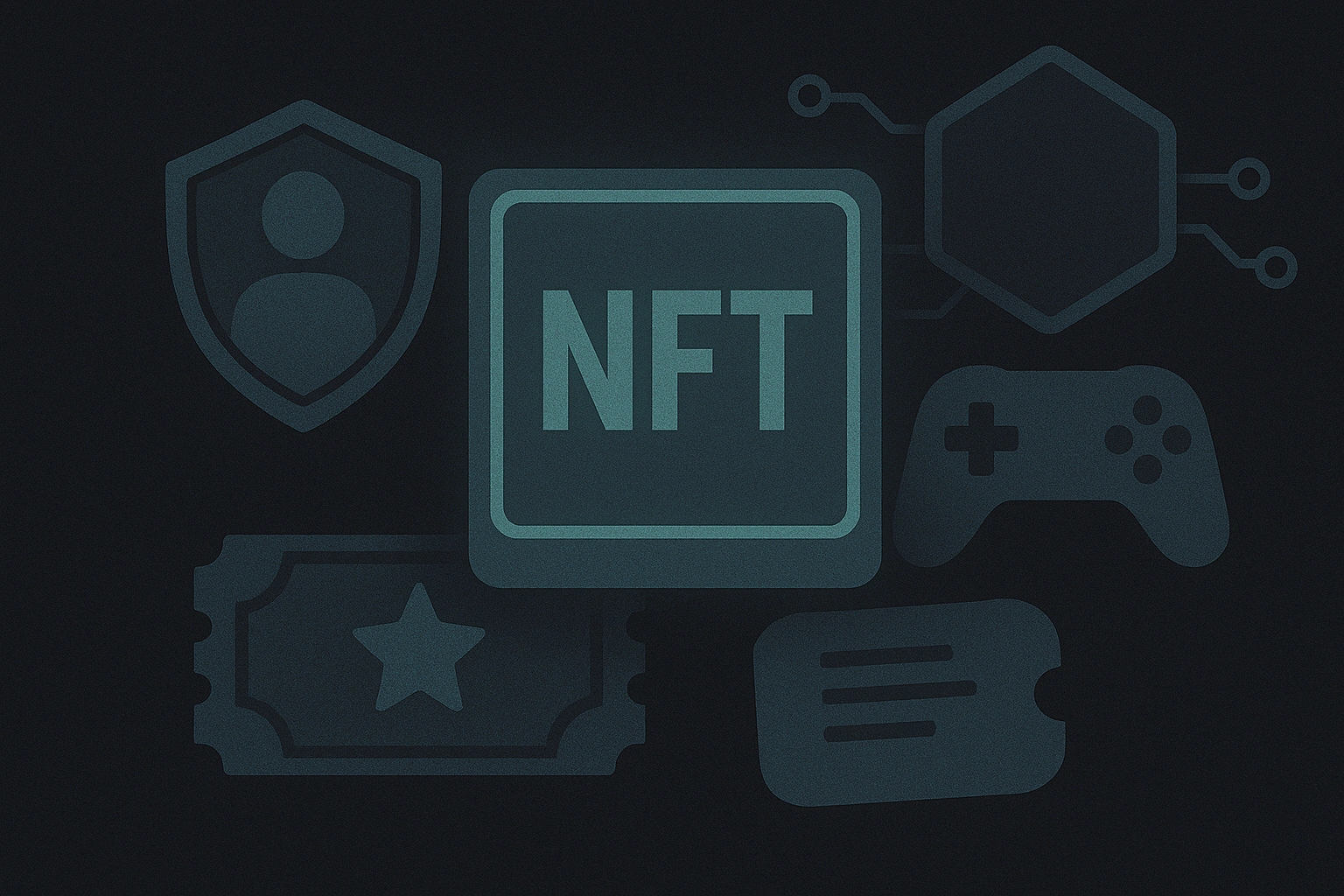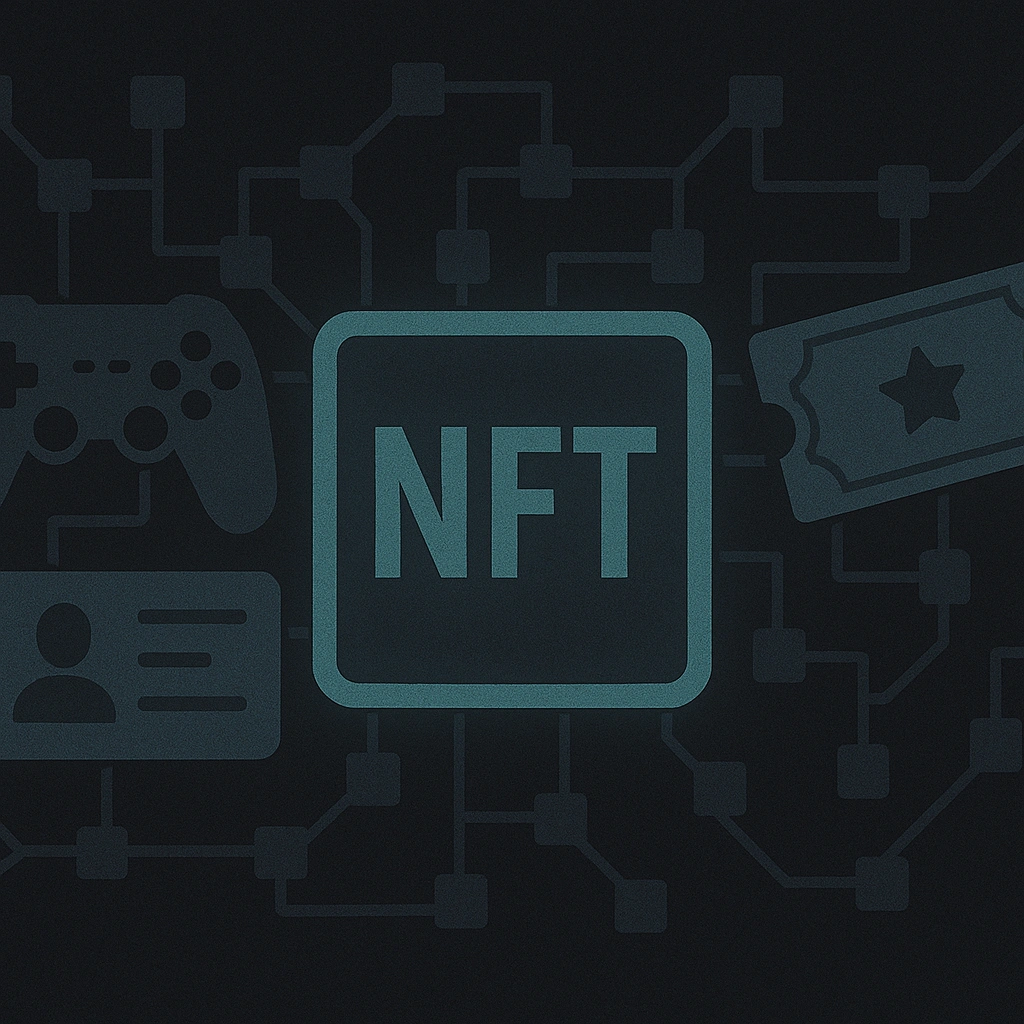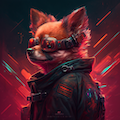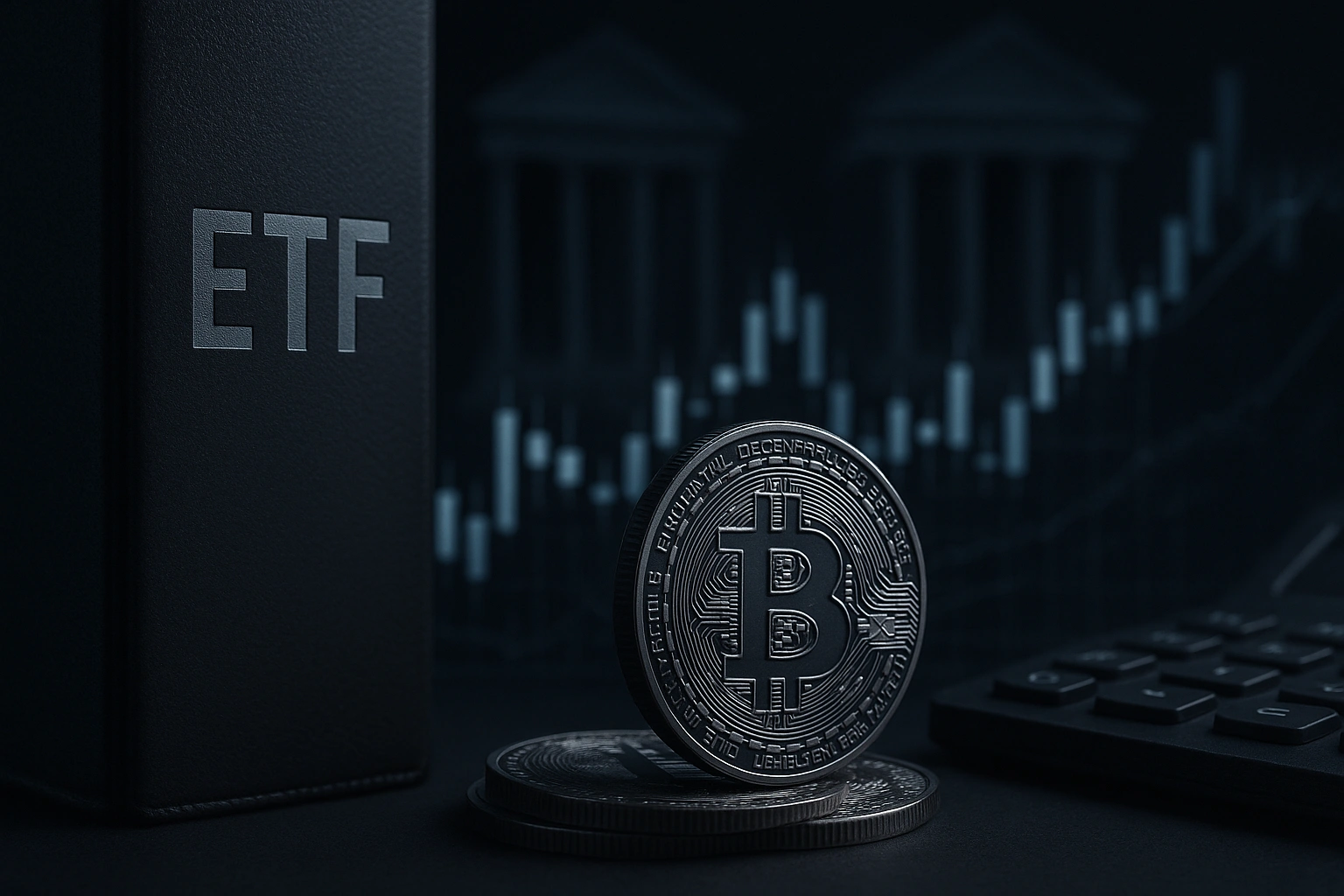For years, NFTs were synonymous with digital art and speculative collectibles. But as the Web3 space matures, NFT 2.0 is emerging — a new era defined by utility, interoperability, and real-world functionality.

This evolution extends far beyond pixelated avatars. The next generation of NFTs is reshaping industries such as gaming, ticketing, identity, and even finance, forming the foundation for a tokenized digital economy.
From Hype to Utility: The Evolution of NFTs
The first NFT wave (2020–2022) was driven by art and collectibles. While groundbreaking, it was limited in function — NFTs were primarily static proof of ownership for digital items.
NFT 2.0, however, focuses on dynamic utility:
- Tokens that change based on user behavior or on-chain data.
- NFTs that unlock real-world benefits or grant access to experiences.
- Integration with AI, gaming economies, and metaverse platforms.
In short, NFT 2.0 is not about speculation — it’s about function and value creation.
NFTs in Gaming: True Digital Ownership
The gaming industry is one of the most promising frontiers for NFT integration. Traditional gaming models restrict players — in-game items are licensed, not owned. NFTs in gaming change this entirely.
Key Benefits of NFTs in Gaming:
- True Ownership: Players actually own their skins, weapons, or assets on-chain.
- Interoperability: Items can move between games or platforms that share blockchain standards.
- Player-driven Economies: NFTs enable peer-to-peer trading and monetization of achievements.
- Community Empowerment: Developers can reward players with NFTs for contributions, loyalty, or achievements.
For example, major studios like Ubisoft and Square Enix are experimenting with NFT gaming ecosystems, where players participate in the game economy as stakeholders — not just consumers.
This model aligns with the broader NFT roadmap 2025, where blockchain-based games are expected to dominate the Web3 entertainment sector.
NFT Ticketing Systems: The Future of Access
Beyond gaming, NFT ticketing systems are solving long-standing issues in live events, sports, and entertainment. Traditional ticketing is plagued by scalping, fraud, and lack of engagement — NFTs provide a blockchain-based solution.
How NFT Ticketing Systems Work:
- Each ticket is minted as a unique NFT, verifiable on-chain.
- Ownership transfers are transparent and traceable.
- Smart contracts prevent reselling above certain prices.
- Post-event, tickets can evolve into digital collectibles or rewards.
Advantages:
- Security: Elimination of counterfeit tickets.
- Fan Engagement: NFTs can unlock VIP access, discounts, or digital memorabilia.
- Data Insights: Event organizers gain better analytics on ticket holders.
Major event organizers, including sports leagues and music festivals, are testing NFT ticketing systems to enhance fan experiences and revenue models.
Identity NFTs: The New Digital Passport
In the Web3 ecosystem, identity is shifting from centralized profiles to self-sovereign digital identities. Identity NFTs represent verifiable credentials — from university degrees to KYC-compliant wallet identities — stored securely on blockchain.
Use Cases for Identity NFTs:
- Verification: Proof of identity without sharing personal data.
- Reputation: On-chain records of achievements, certifications, or social activity.
- Access Control: Seamless login to decentralized apps or gated communities.
- Compliance: Integration with regulatory systems for Web3 finance or DeFi.
These identity NFTs are key to building trust and privacy in decentralized networks — allowing users to control how and where they share their credentials.
NFT Roadmap 2025: Trends and Predictions
The NFT landscape is rapidly evolving. According to the NFT roadmap 2025, utility-based tokens will dominate adoption across industries.
Top 5 NFT 2.0 Trends for 2025:
- Dynamic NFTs (dNFTs): Tokens that evolve with user actions or external data.
- Cross-Platform Interoperability: Seamless movement between metaverses and games.
- Tokenized Memberships: NFTs as access keys for subscriptions, communities, or DAOs.
- Integration with AI & IoT: Smart NFTs reacting to real-world events.
- Institutional Adoption: Major brands and enterprises issuing NFTs for logistics, identity, and loyalty programs.
The NFT roadmap 2025 shows a shift from novelty to necessity — NFTs will become essential digital primitives across Web3 infrastructure.
Challenges and Opportunities Ahead
Despite the progress, NFT 2.0 faces critical challenges:
- Regulatory uncertainty: Jurisdictions differ on classifying NFTs as assets or securities.
- Scalability: On-chain minting and trading still face high gas fees.
- User experience: Complex wallets and blockchain jargon limit mass adoption.
However, ongoing development in Layer 2 networks, zero-knowledge proofs, and cross-chain interoperability is rapidly addressing these issues — paving the way for mainstream adoption.
Final Thoughts
The shift from collectibles to utility-driven NFTs represents a defining moment for Web3. As NFTs in gaming, identity NFTs, and NFT ticketing systems evolve, they are transforming the way we interact, own, and verify in the digital world.
The NFT roadmap 2025 is clear: the next wave of NFTs will power access, identity, and engagement across every digital touchpoint.
NFT 2.0 isn’t about owning art — it’s about owning experiences, identity, and the future of the internet itself.




